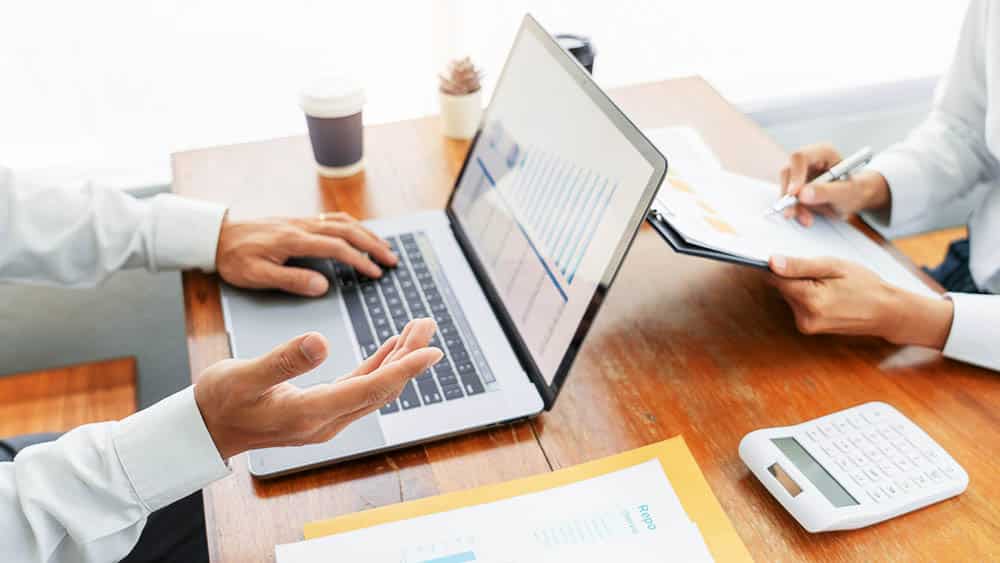In the world of finance and accounting, depreciation is a term that is often thrown around. It is a crucial concept that businesses need to understand, as it directly impacts their financial statements and overall profitability. Depreciation refers to the decrease in value of an asset over time, and understanding the reasons behind this decline is essential for making informed financial decisions. In this article, we will unravel the curious case of depreciation and explore the various factors that contribute to the fading values of assets.
Understanding Depreciation
Depreciation is a systematic allocation of the cost of an asset over its useful life. As assets are utilized in business operations, they experience wear and tear, obsolescence, and physical deterioration. These factors collectively contribute to the gradual decline in their value. Depreciation, therefore, serves as a means to spread the cost of an asset over its anticipated lifespan, reflecting its decreasing value with the passage of time.
Factors Affecting Depreciation
Various factors influence the rate and extent of depreciation for different assets. Some key factors include:
1. Asset Type:
Different types of assets have distinct characteristics that impact their depreciation. Tangible assets like buildings, machinery, and vehicles tend to depreciate due to physical wear and tear over time. On the other hand, intangible assets like patents and copyrights may also experience depreciation, but their decline in value predominantly results from obsolescence and technological advancements.
2. Usage:
The more an asset is utilized, the faster it tends to depreciate. Assets that are heavily used, such as vehicles in a transportation business or machinery in a manufacturing facility, will experience faster depreciation compared to less frequently used assets. Usage-based depreciation accounts for the wear and tear associated with the volume of utilization.
3. Maintenance:
Proper and timely maintenance can significantly impact the rate of depreciation. Regular maintenance and repairs can mitigate wear and tear, prolonging the useful life of an asset. Neglected maintenance, on the other hand, can lead to faster deterioration and increased depreciation expense.
4. Technological Advances:
Technological advancements can render certain assets obsolete, resulting in accelerated depreciation. For example, the rapid evolution of computer hardware and software can make older systems outdated, reducing their value. This factor is particularly relevant in industries with high technological innovation, such as the information technology sector.
5. Market Conditions:
The economic environment and market demand for specific assets can also influence depreciation. If there is a high demand for a particular type of asset, its value may decrease at a slower rate compared to an asset with low market demand. Similarly, economic downturns and recessions can depress market values, causing assets to depreciate more rapidly.
The Methods of Depreciation Calculation
There are several methods for calculating depreciation, each having its unique approach to spreading the cost of an asset. The commonly used methods are:
1. Straight-line Method:
The straight-line method is the simplest and most widely used method of depreciation. It distributes the cost of an asset evenly over its useful life. Under this method, the asset’s value decreases by an equal amount each year. The annual depreciation expense is calculated by dividing the initial cost of the asset by its useful life.
2. Declining Balance Method:
The declining balance method, also known as the accelerated depreciation method, recognizes higher depreciation expenses in the early years of an asset’s life. It assumes that assets are more productive and suffer greater wear and tear in their initial years. The depreciation expense is calculated as a fixed percentage of the asset’s book value at the start of each period.
3. Units of Production Method:
The units of production method considers the usage or output of an asset to determine its depreciation. It allocates the cost of an asset based on the number of units it produces or the hours it operates. This method is particularly useful for assets whose useful lives depend on their level of productivity, such as machinery in a factory.
Important Information to Consider
When analyzing depreciation and its impact on financial statements, it is crucial to consider the following information:
1. Depreciation’s Influence on Profitability:
Depreciation is a non-cash expense that affects the bottom line of a business. While it does not directly impact cash flow, it reduces the reported profit, which, in turn, lowers the tax liability. It is essential for investors and analysts to understand the extent of depreciation to accurately assess a company’s profitability and future earnings potential.
2. Depreciation’s Effect on Asset Value:
As assets depreciate over time, their carrying value on the balance sheet decreases. This reduction in asset value can impact financial ratios and the overall financial health of a business. It is crucial for companies to monitor their asset base regularly and assess whether the depreciation rate aligns with their expectations and industry standards.
3. Depreciation’s Relationship with Capital Expenditures:
Depreciation and capital expenditures (CAPEX) are closely related. While depreciation represents the allocation of the cost of existing assets, CAPEX reflects investments in new or replacement assets. A careful balance between depreciation and CAPEX is necessary to ensure that a business maintains an efficient and productive asset base while accounting for the fading values of existing assets.
Summary
Depreciation is a fundamental concept in finance and accounting. It represents the decline in value of assets over time, caused by factors such as wear and tear, obsolescence, and technological advancements. Various factors influence the rate of depreciation, including asset type, usage, maintenance, technological advances, and market conditions. Calculating depreciation can be done using methods such as straight-line, declining balance, and units of production. It is crucial to understand the impact of depreciation on profitability, asset value, and the relationship with capital expenditures. By untangling the curious case of depreciation, businesses can make informed financial decisions and maintain a healthy asset base in the ever-changing world of finance.
- Unleashing the Power of Progress: Crafting an Astounding Growth Strategy - 17 de agosto de 2023
- Evolution Unleashed: Unlocking the Power of Iteration - 17 de agosto de 2023
- Unleashing Unlimited Potential: The Power of Scalability - 17 de agosto de 2023




